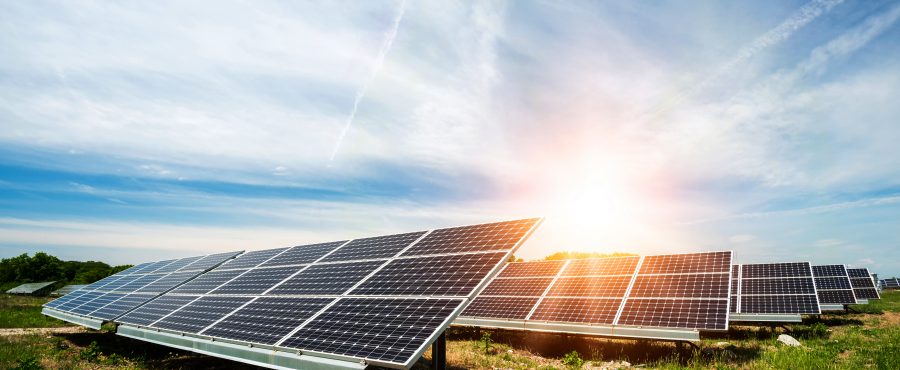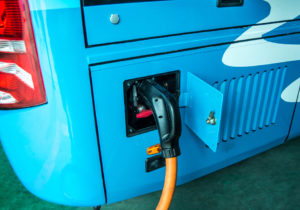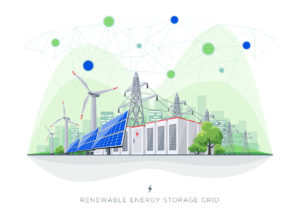
A leading trend observed all over the world is the growing role of renewable energy sources, frequently combined with the fossil fuels being in retreat, and sometimes even the start of decarbonisation of economies. Even China, world’s top emitter of greenhouse gases, is curbing coal consumption and increasing investments in the development of renewable energy sources, including wind and solar farms. However, changes within and around the electric power sector reach much further and frequently affect multiple overlapping industries such as IT or ICT. Here are some key trends in the world energy field anticipated for the period of 2017-2020.
Growing awareness and involvement of prosumers
Along with the changes occurring in the energy market, a new player appeared – the prosumer. A prosumer is a generator of power in a micro-installation – most often RES – which could be used for the prosumer’s own needs or for sale. Such an activity is not, however, treated by legislators as a typical business activity. In other words, a prosumer is an individual who both produces and consumes power. To generate power prosumers use micro-sources like photovoltaic panels, individual biogas plants or micro wind turbines. Growing awareness and involvement of new market players is leading straight towards the development of civic energy. If the dynamics of civic energy intensified, electricity self-sufficiency could be achieved on a certain, limited area, such as a town and its vicinity.
REScoop.eu (European Federation of Renewable Energy Cooperatives), with 1,240 energy cooperatives created by prosumers, estimates that the civic energy sector will generate 611 terawatt hours (TWh) of electricity in 2030 and 1557 TWh by 2050. This means that in 2030 prosumers could satisfy 19 per cent of Europe’s demand for electricity and in 2050 – as much as 45 per cent.
Growing role of photovoltaic installations
The International Energy Agency anticipates that in 2050 the Sun will become the biggest energy provider. Forecasts for the forthcoming years provide for the development of the photovoltaic sector and a growing role of PV installations.
Some interesting data lies at the foundation of the interest in solar energy. Within 88 minutes 470 exajoules of solar energy reaches the Earth. For the whole year all humanity consumes only 350 exajoules. During just 112 hours, which is less than 5 days, the Sun gives us 36 zettajoules. This is the amount of energy that is now stored in all the so-far known earthly resources of crude oil, coal and natural gas. If we used at least 1/1000 of the Sun’s energy, we would anyway have six times more energy than we are able to consume today.
Energy sector goes digital
The times of people reading meters are now going away. Contemporary power companies are using sophisticated measurement systems. A smart meter may be read as frequently as every 30 seconds, although usually the power consumption data are transferred every 15 minutes and are used to create a household power consumption profile which will help optimise costs. However, expectations of the digital consumers are constantly growing. They want, for instance, to control individual parts of their houses, offices or to remotely switch on and off devices, using apps on their phones or laptops within a smart home infrastructure.
Digitalisation of the energy sector is a fact. It is an opportunity for process improvement but also requires increased vigilance and proper protections against cyberattacks. The power grid infrastructure being fully dependent on information and communication systems poses a genuine threat to energy security.
1 Based on report: “Main energy sector trends in 2017–2020” as evaluated by selected analytic centres: EY, Bloomberg, PwC, McKinsey.




